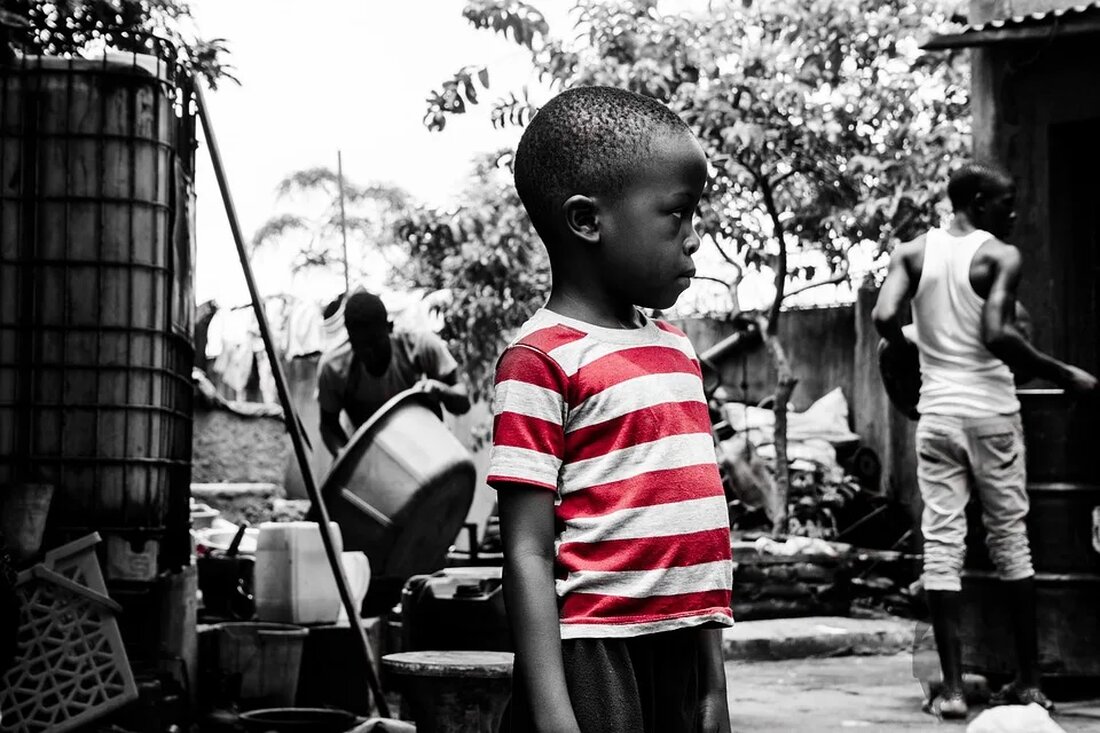Ethical Fashion: How to Make the Right Choices
into ethical fashion Ethical fashion, also known as slow fashion or sustainable fashion, has been attracting more and more attention in recent years. Consumers are beginning to become aware of the impact their purchasing decisions have on the environment and society and are looking for ways to minimize these impacts. According to a 2015 Nielsen study, 66% of global consumers are willing to pay more for sustainably sourced products. In this article, you will learn how to approach your ethical fashion decision. Topics such as the importance of ethical fashion, the challenges that arise...

Ethical Fashion: How to Make the Right Choices
into ethical fashion
Ethical fashion, also known as slow fashion or sustainable fashion, has been attracting more and more attention in recent years. Consumers are beginning to become aware of the impact their purchasing decisions have on the environment and society and are looking for ways to minimize these impacts. According to a 2015 Nielsen study, 66% of global consumers are willing to pay more for sustainably sourced products.
In this article, you will learn how to approach your ethical fashion decision. Topics such as the importance of ethical fashion, the challenges it presents and how you as a consumer can change your purchasing habits will be covered.
What is ethical fashion?
Ethical fashion refers to clothing that is produced fairly and sustainably. This is not just about the materials from which the clothing is made, but also the working conditions of the employees who produce the clothing and the impact of the production process on the environment.
Human rights and fair working conditions
A central aspect of ethical fashion is respect for human rights. This means that the workers who make the clothing work in safe and fair conditions and are paid appropriately. For example, they should be protected by employment law, have access to healthcare and be able to provide for their families.
Sustainability and environmental protection
Another important aspect is sustainability. This includes a range of factors, from protecting natural resources to reducing emissions during the production process. Sustainable fashion also takes into account the entire lifespan of a garment, from production to disposal, and seeks to minimize negative impacts.
How do you recognize ethical fashion?
There are various aspects you should consider when identifying ethical fashion. Here are some indicators you can look out for:
Certificates and seals
There are various certifications and seals that you can use to determine whether a product is ethical. Some of the most well-known are the Fairtrade seal, the GOTS (Global Organic Textile Standards) label and the Cradle to Cradle certificate. These symbols guarantee that certain social, environmental and economic criteria are met.
Supply chain transparency
Companies committed to ethical fashion are typically transparent about their supply chain. They make public information about where their products are made, under what conditions and how workers are treated.
The challenges of ethical fashion
Despite the benefits of ethical fashion, there are also challenges along the way. One of them is the higher price. Ethical fashion is typically more expensive than fast fashion because it pays fair wages, uses sustainable materials, and employs environmentally friendly production methods.
Quality instead of quantity
One way to overcome this challenge is to shift the focus from quantity to quality. Instead of constantly buying new clothes, consumers can invest in long-lasting, versatile pieces that need to be replaced less often.
Buy used clothes
Another option is to buy used clothing. Thrift shops, flea markets and online used clothing platforms offer a variety of options. This is not only a great way to save money, but also to conserve resources and extend the life of clothing.
Conclusion
Choosing ethical fashion is not an easy process, but it is an important step in minimizing our impact on the environment and society. It requires awareness, commitment and occasionally compromise. But with the right information and a clear vision, we can make a difference - not just in our own closet, but in the world.

 Suche
Suche
 Mein Konto
Mein Konto
